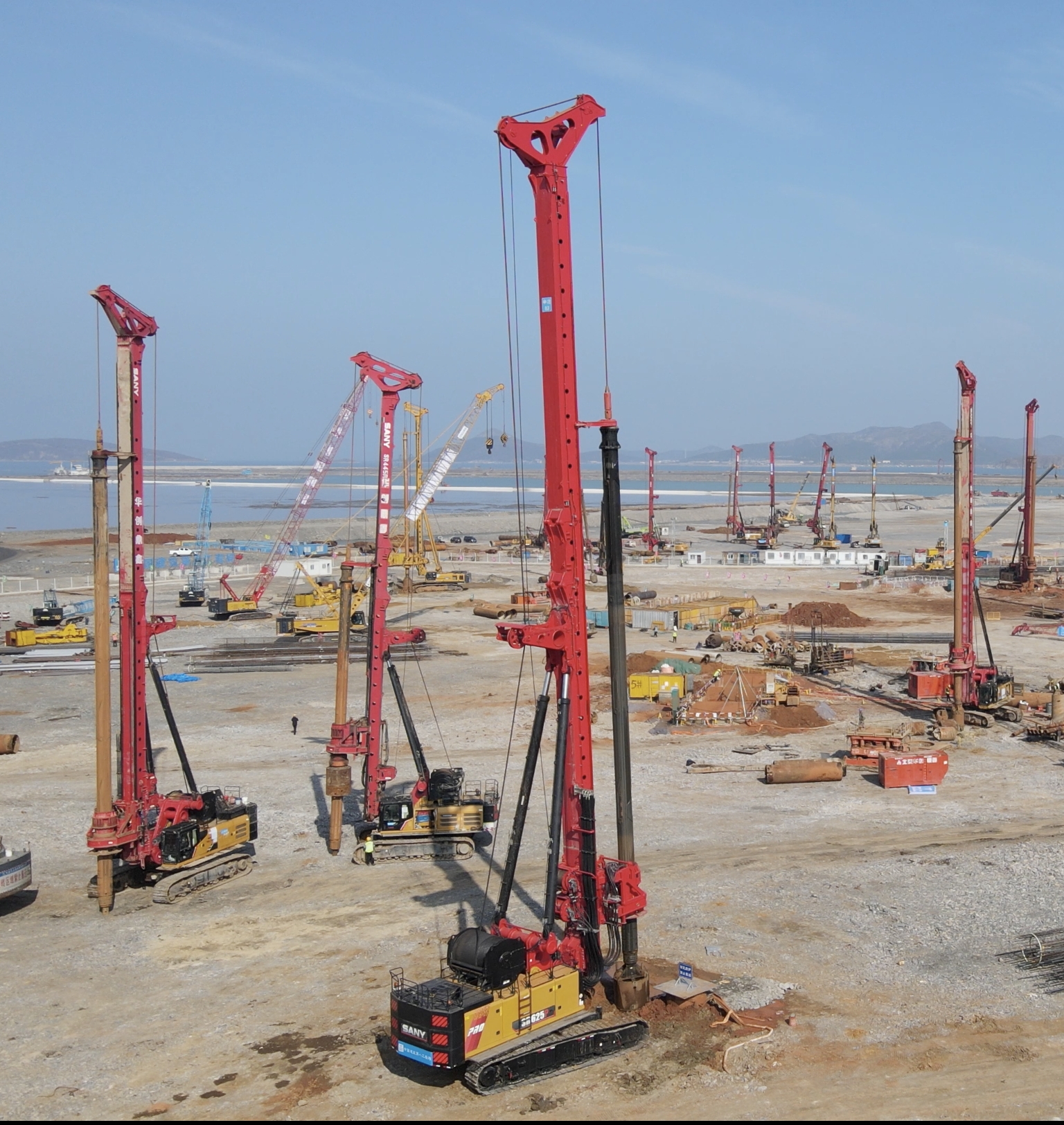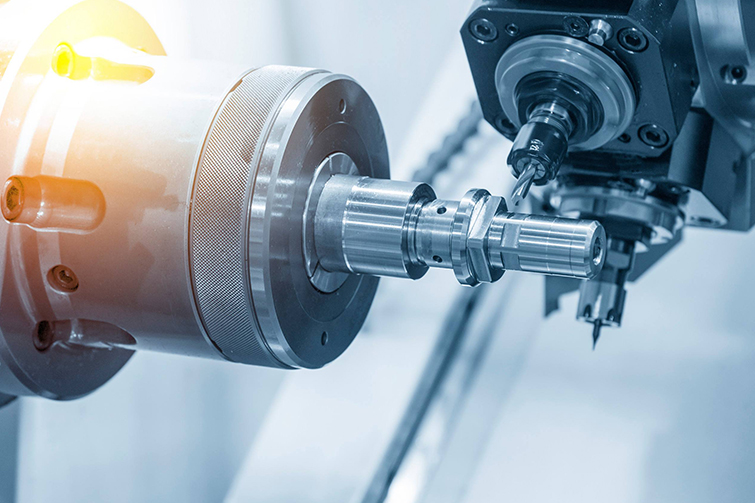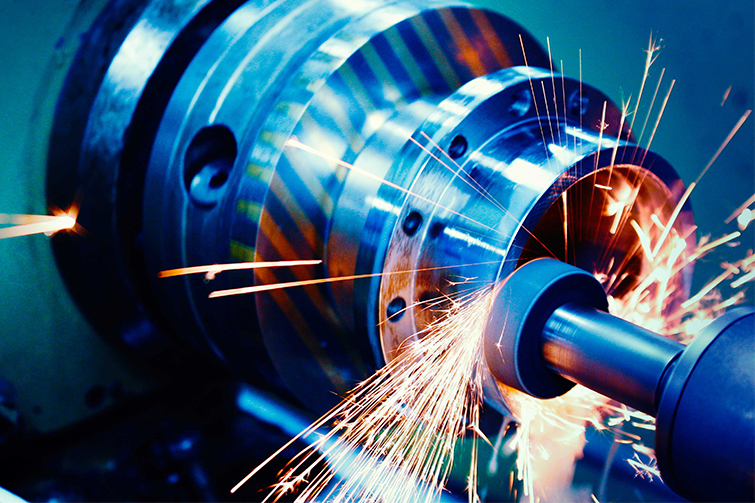

Exploring the Depths and Surfaces: A Technical Report on Underground and Open-Pit Mining

Introduction to Mining Techniques
Mining, the backbone of the industrial and technological world, is primarily divided into two main categories: underground mining and open-pit mining. Each method has its unique set of procedures, equipment, and environmental considerations. This report aims to shed light on these aspects, offering insights into their operational frameworks.
Underground Mining: Delving Beneath the Surface
Underground mining involves the extraction of minerals and ores from beneath the earth's surface. This method is employed when the mineral deposit is too deep for open-pit mining to be economically viable. Techniques such as room-and-pillar, longwall mining, and block caving are commonly used. The choice of technique depends on the mineral type, deposit size, and geological conditions.
Open-Pit Mining: Accessing Minerals from the Surface
Contrary to underground mining, open-pit mining is conducted on the surface. It is the preferred method for minerals located near the surface, spread over a large area. This method involves removing overburden (the soil and rock covering the mineral deposit) to access the ore beneath. Open-pit mining is known for its high efficiency and lower cost compared to underground mining, but it has a more significant environmental footprint.
Comparing the Two Methods
When comparing underground mining and open-pit mining, several factors come into play, including cost, environmental impact, and safety. Underground mining, while more expensive and hazardous, has less surface disturbance. Open-pit mining, on the other hand, is more cost-effective but leads to greater environmental degradation. The choice between the two methods depends on the specific circumstances of the mineral deposit and the mining company's priorities.
Technological Advancements in Mining
The mining industry has seen significant technological advancements aimed at increasing efficiency, safety, and environmental sustainability. Innovations such as automated drilling and hauling systems, remote-controlled machinery, and real-time monitoring systems are revolutionizing both underground and open-pit mining operations.
Environmental Considerations
Both mining methods have environmental impacts, but they differ in scale and type. Underground mining can lead to subsidence and water pollution, while open-pit mining causes deforestation and habitat destruction. Mitigation strategies, such as land reclamation and water treatment, are essential to minimize these effects.
Frequently Asked Questions
What is the main difference between underground and open-pit mining?
The main difference lies in the location of the mineral extraction. Underground mining extracts minerals from beneath the earth's surface, while open-pit mining does so from the surface.
Which mining method is more cost-effective?
Open-pit mining is generally more cost-effective due to its higher efficiency and lower operational costs compared to underground mining.
How do technological advancements impact mining?
Technological advancements have led to increased safety, efficiency, and environmental sustainability in mining operations, benefiting both underground and open-pit mining.








